
The Columbia River is the largest river in the Pacific Northwest region of North America.[9] The river rises in the Rocky Mountains of British Columbia, Canada. It flows northwest and then south into the US state of Washington, then turns west to form most of the border between Washington and the state of Oregon before emptying into the Pacific Ocean. The river is 1,243 miles (2,000 km) long, and its largest tributary is the Snake River. Its drainage basin is roughly the size of France and extends into seven US states and a Canadian province. The fourth-largest river in the United States by volume, the Columbia has the greatest flow of any North American river entering the Pacific.
http://www.pbs.org/video/oregon-experience-hanford/


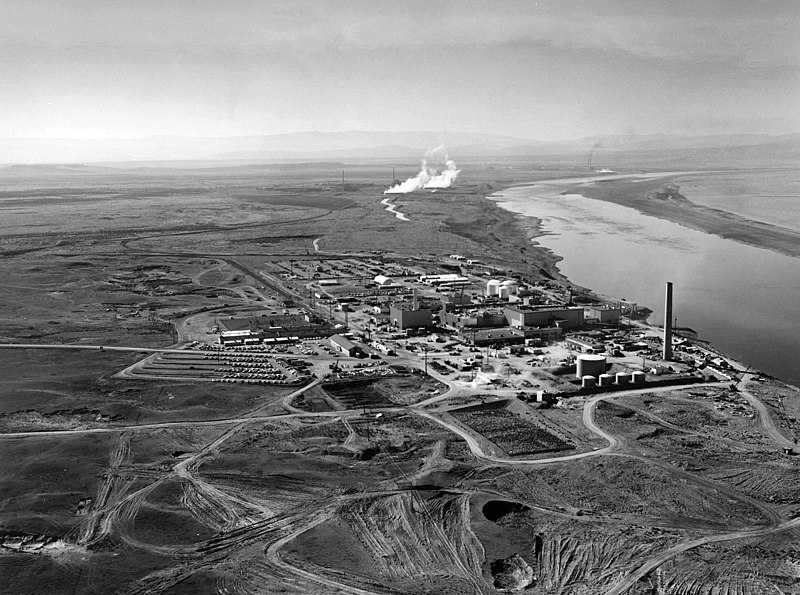

The Sixth extinction marked on a river of time:
Nuclear birth on a river of time
In southeastern Washington, a 50-mile (80 km) stretch of the river passes through the Hanford Site, established in 1943 as part of the Manhattan Project. The site served as a plutonium production complex, with nine nuclear reactors and related facilities along the banks of the river. From 1944 to 1971, pump systems drew cooling water from the river and, after treating this water for use by the reactors, returned it to the river. Before being released back into the river, the used water was held in large tanks known as retention basins for up to six hours. Longer-lived isotopes were not affected by this retention, and several terabecquerels entered the river every day. By 1957, the eight plutonium production reactors at Hanford dumped a daily average of 50,000 curies of radioactive material into the Columbia.[165] These releases were kept secret by the federal government until the release of declassified documents in the late 1980s.[166] Radiation was measured downstream as far west as the Washington and Oregon coasts.[167]
In 2007, the Hanford site represented 60% of high-level radioactive waste by volume managed by the US Department of Energy[8] and 7-9% of all nuclear waste in the United States (the DOE manages 15% of nuclear waste in the US, with the remaining 85% being commercial spent nuclear fuel).[9] Hanford is currently the most contaminated nuclear site in the United States[10][11] and is the focus of the nation's largest environmental cleanup.[2] Besides the cleanup project, Hanford also hosts a commercial nuclear power plant, the Columbia Generating Station, and various centers for scientific research and development, such as the Pacific Northwest National Laboratory and the LIGO Hanford Observatory.
On November 10, 2015, it was designated as part of the Manhattan Project National Historical Park alongside other sites in Oak Ridge and Los Alamos.[12]
A time river?
Some believe Majestic 12 or MJ-12 is the code name given to a group of military officers, scientists and government officials ostensibly assembled by executive order of President Harry Truman, in 1947, to investigate UFO activity following the alleged crash of an alien spacecraft in the desert near Roswell, New Mexico. UFO conspiracy theorists believe it to be a key component in a government scheme intended to keep knowledge of alien contact from the public. Others believe it is nonsense. The evidence is tied to a series of U.S. government documents allegedly containing proof of the existence of unidentified flying objects along with confirmation of an extensive government plot designed to keep that existence secret. The U.S. Air Force says they are a hoax, while the UFO community is divided on their authenticity a Canadian connection affording some legitimacy. (In 1978 previously classified Canadian UFO documents were uncovered by researcher Arthur Bray, dating from 1950/51 they named a Dr. Vannevar Bush as being head of a secret group of UFO investigators.)
MJ 12 site selection:
Hanford Site Selection Team - Left to right: Vannevar Bush, James B. Conant Major General Leslie Groves and Colonel Franklin Matthias


"As We May Think" is a 1945 essay by Vannevar Bush which has been described as visionary and influential, anticipating many aspects of information society. It was first published in The Atlantic in July 1945 and republished in an abridged version in September 1945—before and after the atomic bombings of Hiroshima and Nagasaki. Bush expresses his concern for the direction of scientific efforts toward destruction, rather than understanding, and explicates a desire for a sort of collective memory machine with his concept of the memex that would make knowledge more accessible, believing that it would help fix these problems. Through this machine, Bush hoped to transform an information explosion into a knowledge explosion.[1]
The article was a reworked and expanded version of Bush's essay "Mechanization and the Record" (1939). Here, he described a machine that would combine lower level technologies to achieve a higher level of organized knowledge (like human memory processes). Shortly after the publication of this essay, Bush coined the term "memex" in a letter written to the editor of Fortune magazine.[2] That letter became the body of "As We May Think", which added only an introduction and conclusion. As described, Bush's memex was based on what was thought, at the time, to be advanced technology of the future: ultra high resolution microfilm reels, coupled to multiple screen viewers and cameras, by electromechanical controls. The memex, in essence, reflects a library of collective knowledge stored in a piece of machinery described in his essay as "a piece of furniture".[3] The Atlantic publication of Bush's article was followed, in the September 10, 1945 issue of Life magazine, by a reprint that showed illustrations of the proposed memex desk and automatic typewriter. (Coincidentally, the same issue of Life contained aerial photos of Hiroshima after the dropping of the atomic bomb, a project Bush was instrumental in starting)
https://en.wikipedia.org/wiki/As_We_May_Think
The plutonium for the Trinity Gadget produced in a time machine on a river of time:
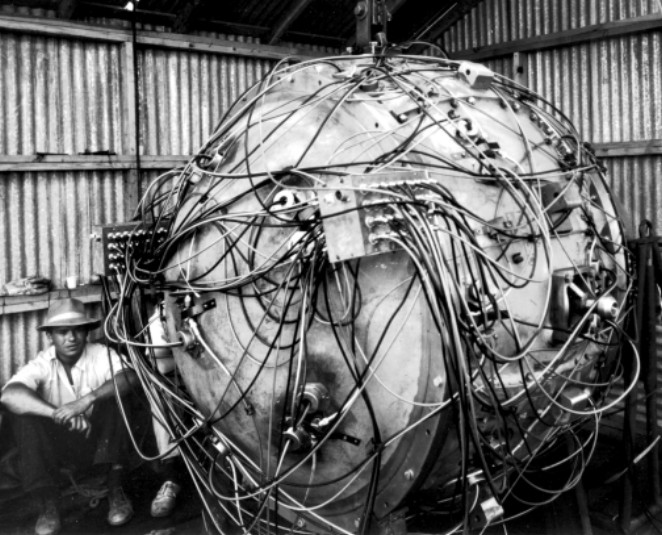
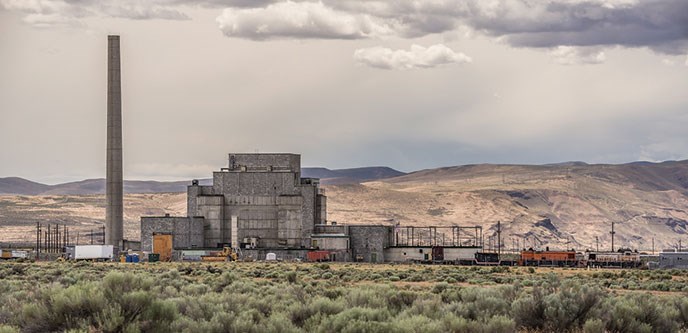
"The Hanford Site is a decommissioned and demolished nuclear production complex operated by the United States federal government on the Columbia River in the U.S. state of Washington. The site has been known by many names, including: Hanford Project, Hanford Works, Hanford Engineer Works and Hanford Nuclear Reservation. Established in 1943 as part of the Manhattan Project in Hanford, south-central Washington, the site was home to the B Reactor, the first full-scale plutonium production reactor in the world.[1] Plutonium manufactured at the site was used in the first nuclear bomb, tested at the Trinity site, and in Fat Man, the bomb detonated over Nagasaki, Japan."
The first atomic bomb was nicknamed the gadget by the Scientists the Manhattan Project, tested at the Trinity site.
Trinity was the code name of the first detonation of a nuclear weapon. It was conducted by the United States Army at 5:29 a.m. on July 16, 1945, as part of the Manhattan Project. The test was conducted in the Jornada del Muerto desert about 35 miles (56 km) southeast of Socorro, New Mexico, on what was then the USAAF Alamogordo Bombing and Gunnery Range, now part of White Sands Missile Range. The only structures originally in the vicinity were the McDonald Ranch House and its ancillary buildings, which scientists used as a laboratory for testing bomb components. A base camp was constructed, and there were 425 people present on the weekend of the test.The code name "Trinity" was assigned by J. Robert Oppenheimer, the director of the Los Alamos Laboratory, inspired by the poetry of John Donne. The test was of an implosion-design plutonium device, informally nicknamed "The Gadget", of the same design as the Fat Man bomb later detonated over Nagasaki, Japan, on August 9, 1945. The complexity of the design required a major effort from the Los Alamos Laboratory, and concerns about whether it would work led to a decision to conduct the first nuclear test. The test was planned and directed by Kenneth Bainbridge.
Fears of a fizzle led to the construction of a steel containment vessel called Jumbo that could contain the plutonium, allowing it to be recovered, but Jumbo was not used. A rehearsal was held on May 7, 1945, in which 108 short tons (96 long tons; 98 t) of high explosive spiked with radioactive isotopes were detonated. The Gadget's detonation released the explosive energy of about 22 kilotons of TNT (92 TJ). Observers included Vannevar Bush, James Chadwick, James Conant, Thomas Farrell, Enrico Fermi, Richard Feynman, Leslie Groves, Robert Oppenheimer, Geoffrey Taylor, and Richard Tolman.The test site was declared a National Historic Landmark district in 1965, and listed on the National Register of Historic Places the following year.
Manhattan Project, at its peak, employed 700 people at Columbia.
Columbia was the first North American site where the uranium atom was split.Alchemy on the big bend
A Time River flowing through the cube of time, the Manhattan/Hanford time machine:

Manhattan Project Black Cube

Where the Fukushima radiation from the east Rising Sun meets the radioactive Hanford river flow from the Duat west. Hanford is identifiable with the duat/bakhu and Japan the rising sun"Manu"(Akhet). The Plutonium/Underworld bomb dropped on Japan was produced at the marker on the Columbia known as Hanford.
March 2011:

https://www.opb.org/news/article/hanford-shrinking-federal-contractor-uses-explosives-demo-old-buildings/
https://www.energy.gov/em/articles/explosive-demolitions-change-hanford-s-skyline
Followed one week later by the Fukushima meltdown:

https://en.wikipedia.org/wiki/Fukushima_Daiichi_nuclear_disaster
http://www.nytimes.com/1992/07/17/us/radiation-flowed-200-miles-to-sea-study-finds.html
https://www.ctvnews.ca/sci-tech/first-low-level-trace-of-fukushima-radioactivity-detected-off-b-c-1.2313531
Plutonium/Underworld on the Columbia
The Ploutonion at Hierapolis (Ancient Greek: Πλουτωνειον, lit "Place of Pluto"; Latin: Plutonium) or Pluto's Gate was a ploutonion (a religious site dedicated to the god Pluto) (another name for the god Hades) in the ancient city of Hierapolis near Pamukkale in modern Turkey's Denizli Province.

West of the Columbia is the Emerald "fenix underground" city "Northwest Phoenix" Bakhu Akhet
The 42nd state is the home of Hanford:
On November 11, 1889, Washington becomes the 42nd state of the United States of America. On February 22, 1889, the United States Congress passed an act enabling the territories of Washington, North Dakota, South Dakota, and Montana to seek statehood.
Richland is a city in Benton County in the southeastern part of the State of Washington, at the confluence of the Yakima and the Columbia Rivers. As of the 2010 census, the city's population was 48,058. April 1, 2013, estimates from the Washington State Office of Financial Management put the city's population at 51,150.[6] Along with the nearby cities of Pasco and Kennewick, Richland is one of the Tri-Cities, and is home to the Hanford nuclear site.

The Columbia River pours more water into the Pacific Ocean than any other river in North or South America. In its 1,270 mile course to the Pacific Ocean, the Columbia flows through four mountain ranges -- the Rockies, Selkirks, Cascades, and coastal mountains -- and drains 258,000 square miles. The mainstem of the Columbia rises in Columbia Lake on the west slope of the Rocky Mountain Range in Canada. Its largest tributary, the Snake, travels 1,038 miles from its source in Yellowstone National Park in Wyoming before joining the Columbia. When Lewis and Clark explored the region in the early 19th century, huge numbers of fish (salmon) returned to spawn every year. "The multitudes of this fish are almost inconceivable," Clark wrote in the autumn of 1805. At that time, the Columbia and its tributaries provided 12,935 miles of pristine river habitat.
On October 7, 1805, Lewis and Clark and the "Corps of Discovery" began their journey down the Clearwater River and into the volcanics of the Pacific Northwest. The Corps travelled from the Clearwater to the Snake and down the "Great Columbia", finally reaching the Pacific Ocean on November 15, 1805. Along the journey they encountered the lava flows of the Columbia Plateau, river channels carved by the great "Missoula Floods", and the awesome beauty of five Cascade Range volcanoes.
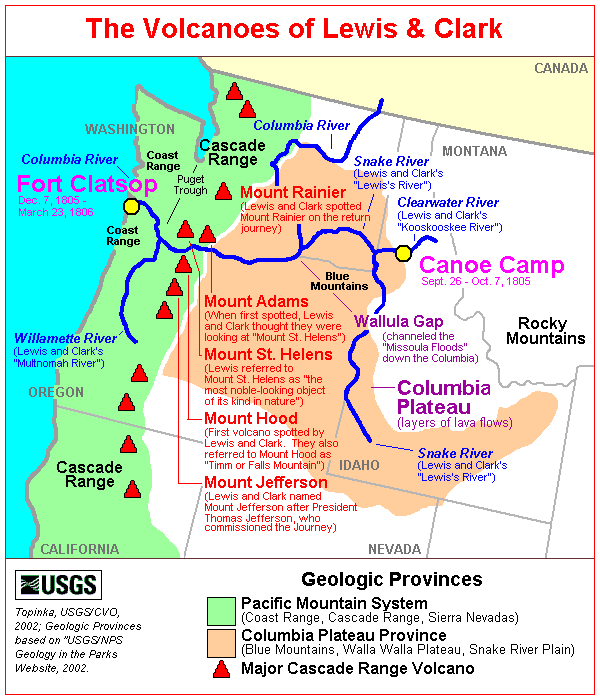

Pacific Nile
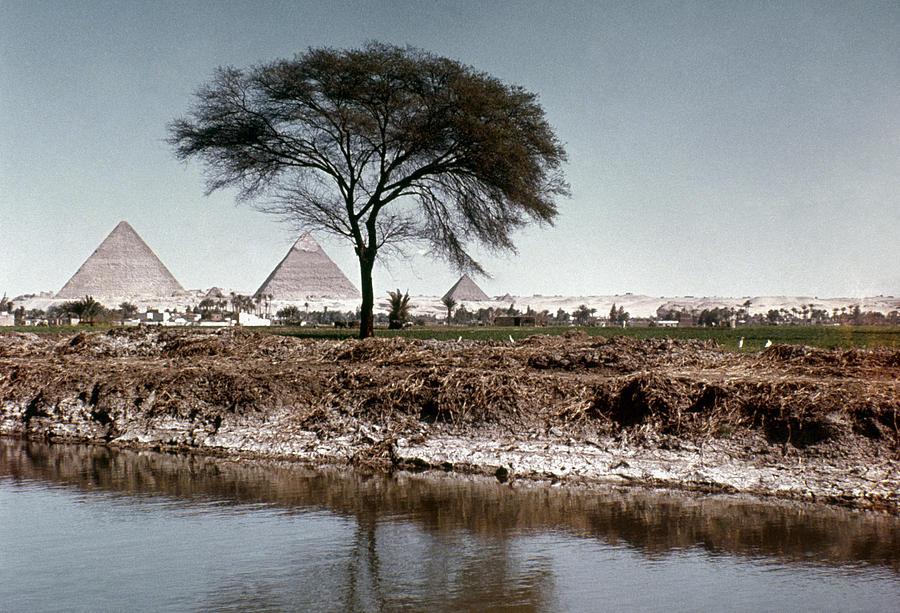
Hanford time tombs...
May 2017:

May 2017:

And the Time River Duat is opening up...
The 19th South Korean presidential election was held on 9 May 2017, after the impeachment and dismissal of Park Geun-hye.[1] The election was conducted in a single round on a first-past-the-postbasis.

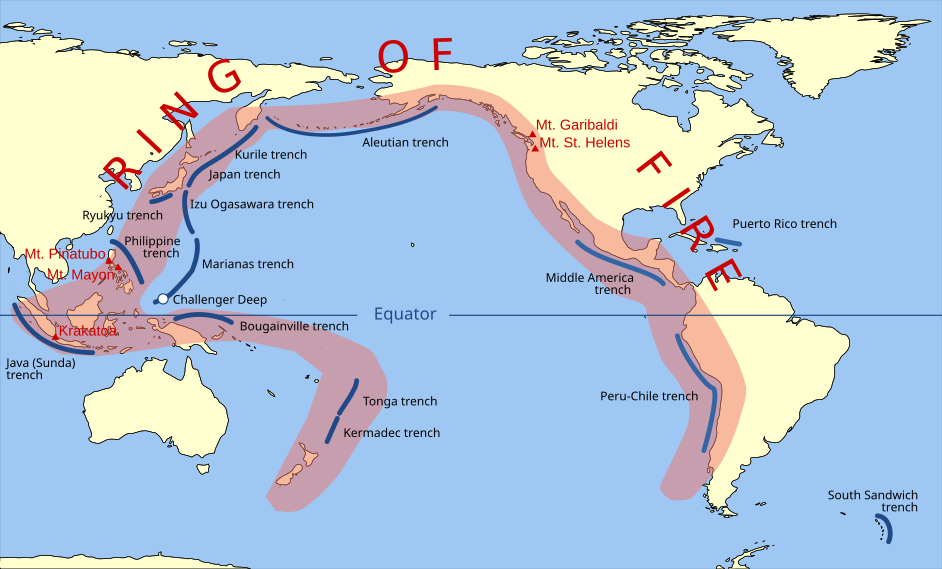
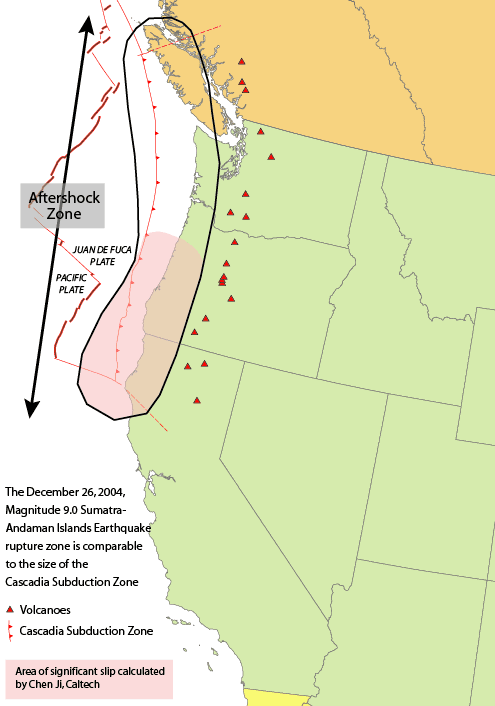
L (time) shaped river linked to a ring of fire or sacred time symbol...
The Pentagon is pointed at Columbia on a river...

Lieutenant General Leslie Richard Groves Jr. (17 August 1896 – 13 July 1970) was a United States Army Corps of Engineersofficer who oversaw the construction of the Pentagon and directed the Manhattan Project, a top secret research project that developed the atomic bomb during World War II.


No comments:
Post a Comment